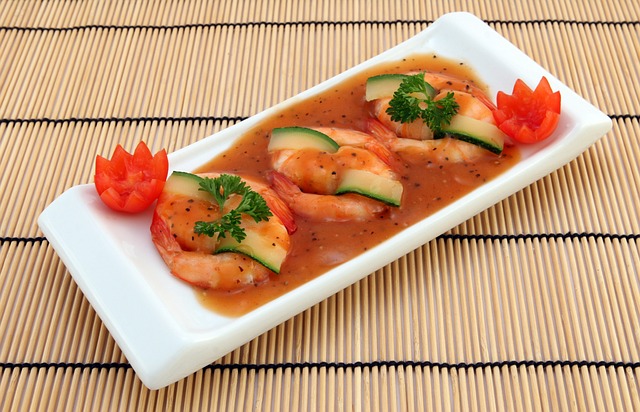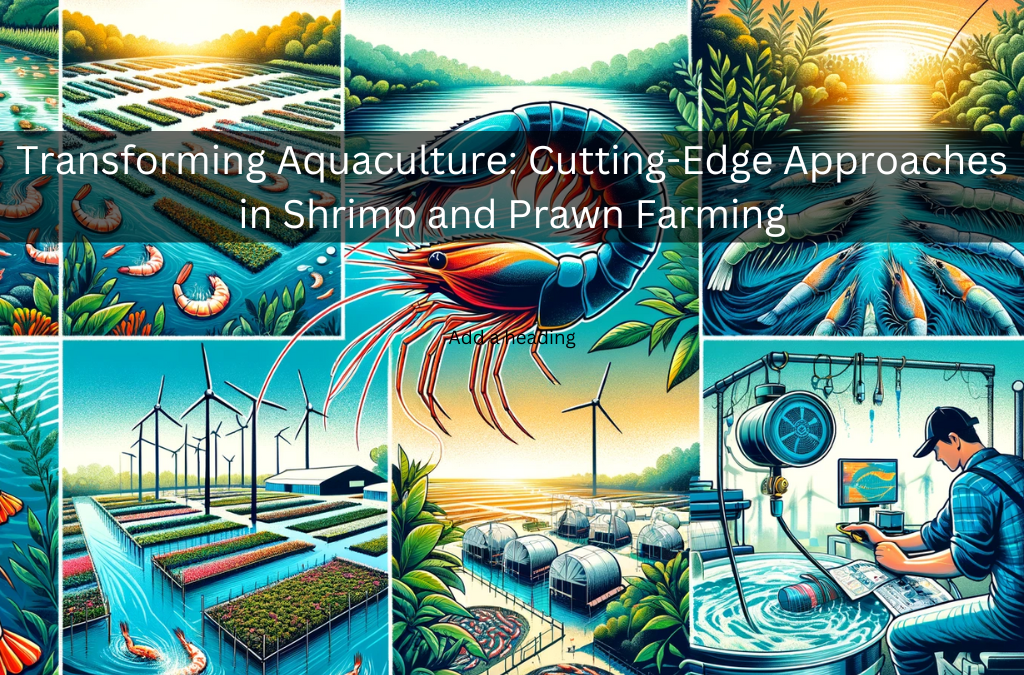Embracing Sustainability in Aquaculture
In recent years, shrimp and prawn aquaculture has emerged as a sustainable and profitable method of seafood production. Prawns and shrimp, cherished for their exquisite flavor and versatility in culinary applications, have gained significant popularity. Farming these crustaceans involves controlled production in specially constructed ponds or tanks, a method that allows for effective and consistent yield throughout the year. Furthermore, the farming techniques vary depending on the species and the geographical region, reflecting the adaptability and innovation in this sector.
Key Techniques in Cultivating Shrimp and Prawn
Freshwater Farming: A Focus on Giant River Prawns
Primarily, freshwater prawn farming centers around Giant River Prawns (Macrobrachium rosenbergii). These prawns are typically raised in freshwater ponds or tanks. Essential to their thriving are factors like proper water management, maintaining an ideal temperature, and providing appropriate nutrition. It’s a delicate balance that demands constant attention but yields rewarding results.
Marine Prawn Farming: Navigating Coastal Waters
In contrast, marine prawn farming often involves species such as the Whiteleg shrimp (Litopenaeus vannamei) and the Black Tiger shrimp (Penaeus monodon). These species are usually cultivated in coastal regions or enclosed ponds with sea access. Critical factors in these environments include monitoring water quality, managing salinity levels, and considering the broader environmental impact.

The Benefits: Economic and Ecological
Sustainable Seafood Production
By farming prawns in controlled environments, the strain on natural populations and their habitats is significantly reduced. This practice not only offers a sustainable alternative to wild harvesting but also ensures ethical resource management. Furthermore, it minimizes the environmental impact associated with traditional fishing methods.
Economic Growth and Food Security
Prawn farming plays a vital role in local economies, especially in coastal areas. It stimulates economic growth by creating jobs in the processing, packaging, and export sectors, benefiting small-scale farmers. Additionally, prawn farming enhances global trade, thereby strengthening the economy and diversifying income sources for local communities.
Meeting the Global Demand
Shrimp farming contributes significantly to global food security, particularly in regions where access to wild-caught prawns is limited. By providing a consistent and reliable supply, farming reduces dependency on imports and ensures a steady flow of seafood to meet the increasing demand.
Overcoming Challenges: Disease Management and Environmental Sustainability
Disease Management
One of the most significant challenges in prawn farming is managing disease outbreaks. Implementing stringent biosecurity measures, conducting regular health checks, and sourcing disease-free post-larvae are crucial. Advances in vaccination and farming techniques also play a pivotal role in effective disease management.
Preserving the Environment
The environmental impact of wastewater discharge, fertilizer runoff, and habitat alteration must be carefully managed. Sustainable techniques such as water treatment systems, ethical feed sourcing, and responsible land use are essential in minimizing the ecological footprint of prawn farming.
Quality Control: Ensuring Premium Products
To meet market demands for high-quality prawns, stringent quality control procedures are necessary. Careful handling, transportation, and adherence to food safety standards are critical in maintaining the quality and reputation of farmed prawns.
Conclusion: A Path Forward in Aquaculture
Prawn farming has become an integral part of the seafood industry, offering economic benefits, contributing to food security, and presenting opportunities for environmental stewardship. By employing responsible farming techniques, addressing disease management challenges, and adopting sustainable practices, prawn farmers can continue to produce high-quality seafood while mitigating environmental impacts.
For more insights into sustainable shrimp farming join the EAT Community of aquaculture enthusiasts, and visit our resource center. Stay informed about the latest trends and breakthroughs in shrimp and prawn farming, and contribute to shaping the future of sustainable seafood production.



